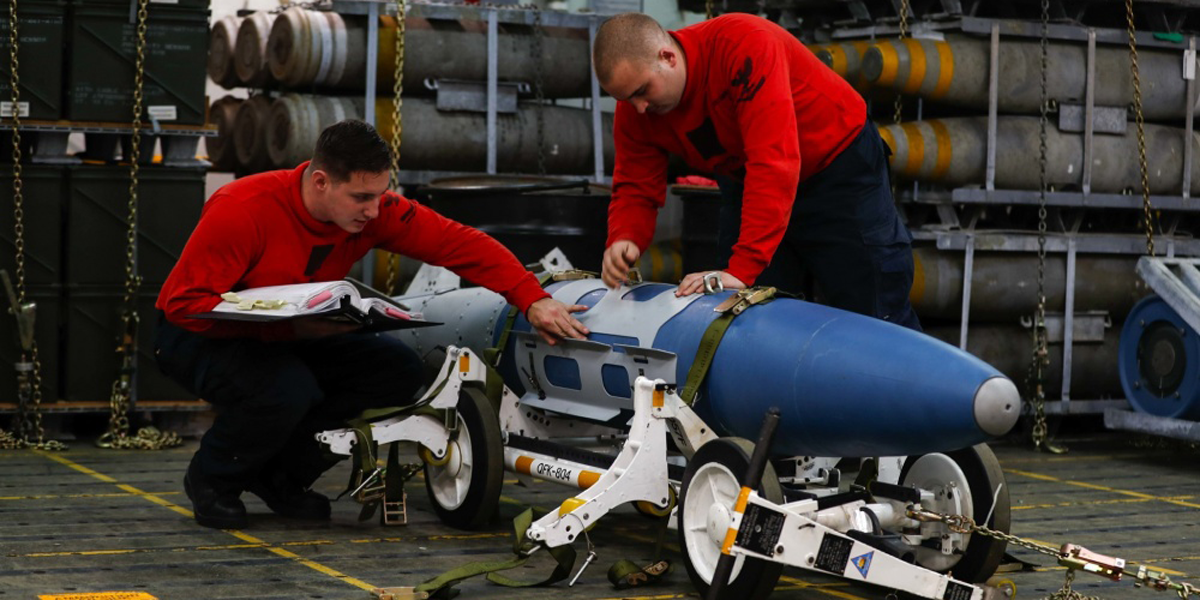
This article was originally published by the Polish Institute of International Affairs (PISM) on 14 November 2018.
Russia will present the expected withdrawal of the United States from the Intermediate-Range Nuclear Forces Elimination Treaty (INF) as a step forcing a military response from Moscow. Even if the Russian Federation were to violate the INF by deploying new cruise missiles with a range greater than 500 km, the U.S. withdrawal from the treaty creates opportunity to blur responsibility. In the event of divided opinions within NATO, Russia’s position in arms control might be stronger vis-à-vis Europe and, indirectly, the United States. Moreover, Russia will continue expansion of its arsenal of ground-launched missiles.


